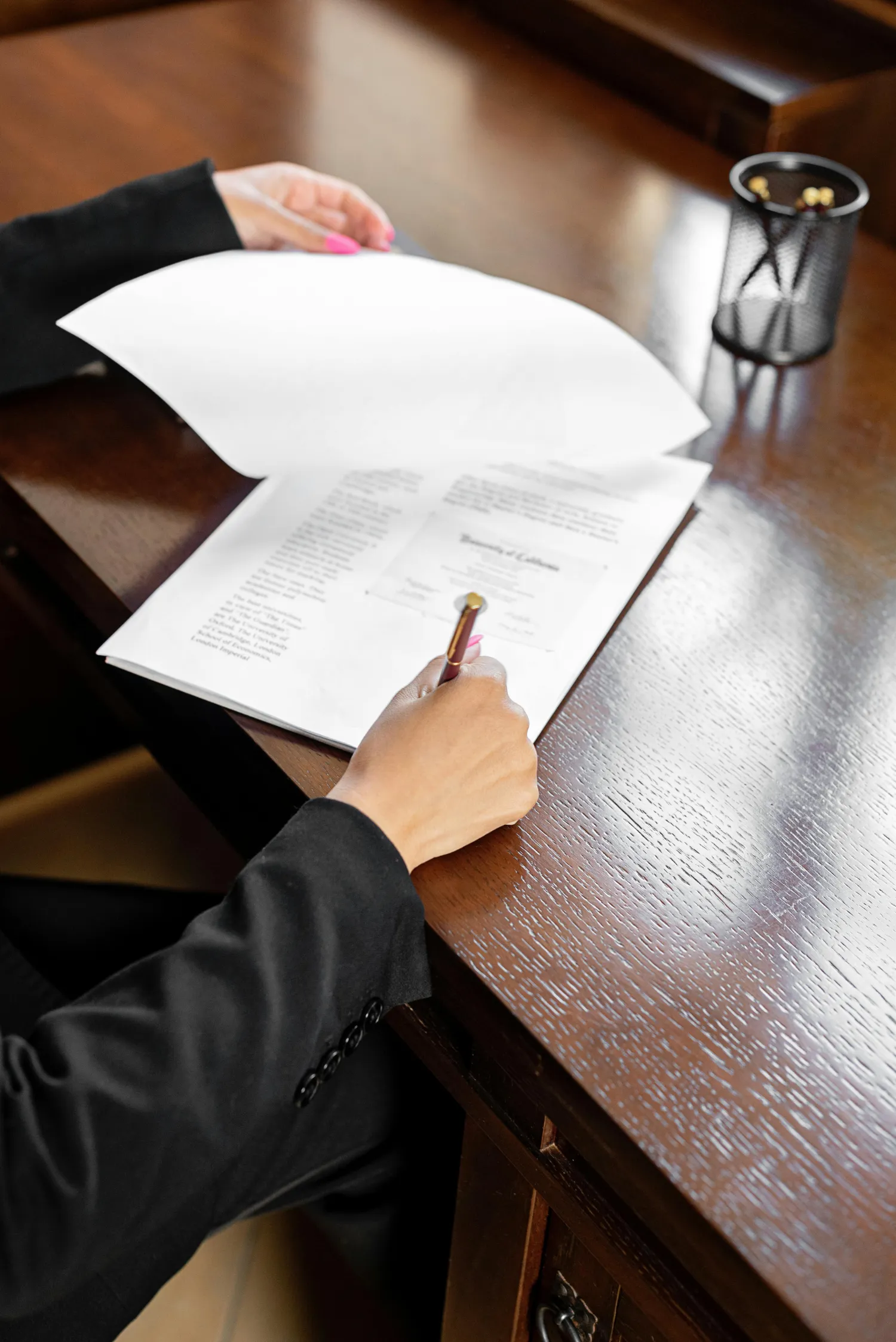ARTICLES /
Appellate Court Clarifies Approach to Will Forgery Allegations and Matrimonial Asset Claims in Contested Will Dispute
by Cassandra Lee

In a recent appellate decision, the Court of Appeal clarified two important principles in the context of contested wills:
- the judicial approach to an allegation of forgery; and
- the limits of matrimonial asset claims in probate disputes.
The case, Ooi Joo Aik v Tan Suan Sim (Civil Appeal No. P-02(NCvC)(W)-894-06/2023), arose from a family dispute over the deceased’s Will which he executed in 2017. The deceased had appointed his second wife as executrix and trustee and distributed one of his properties among his second wife and children. One of the deceased’s sons from his first marriage challenged the Will, alleging that it had been forged and in departing from his pleadings, alleged that the property in question was a matrimonial asset belonging jointly to the deceased and his first wife.
CLC successfully acted for the Respondent and executrix in both the High Court and the Court of Appeal.
The Court of Appeal’s decision serves as a useful guide and reminder in the following aspects.
1. Approach to Allegations of Forgery in Wills
In Ooi Joo Aik v Tan Suan Sim, the Appellant contended that the trial judge erred by failing to compare the deceased’s signature on the Will with other known specimens under s.73(1) of the Evidence Act 1950. It was argued that the judge was duty-bound to undertake his own visual comparison and that the omission constituted an error of law.
The Court of Appeal rejected this argument and provided important guidance on the proper judicial approach to forgery claims. While s.73 of the Evidence Act 1950 permits the court to compare signatures, it does not require a judge to act as a handwriting expert in the absence of credible supporting evidence.
The Court of Appeal held that the trial judge had acted correctly in preferring the direct testimony of the solicitor and clerk who witnessed the Will’s execution, both of whom the trial judge found to be independent and disinterested witnesses, over inconclusive expert opinion or speculative comparison. The handwriting expert called by the Appellant had himself admitted that the specimens were unsuitable and that no firm opinion could be formed.
The Court observed that if the trial judge had attempted his own visual comparison, as the Appellant urged, he 'would have fallen into error by failing to appreciate the totality of the evidence before him.'
This clarification underscores a key evidentiary principle: in determining allegations of forgery, Malaysian courts give primacy to credible, direct evidence of due execution and treat judicial comparison as an auxiliary aid, not as a substitute for witness testimony.
2. Locus Standi and the Limits of Matrimonial Property Claims
In Ooi Joo Aik v Tan Suan Sim, the Appellant had initially pleaded that the property in question was held on trust by the deceased for the benefit of his mother (the first wife), his sister and himself. However, he then belatedly departed from his pleadings and asserted that the property in question was a matrimonial asset jointly owned by the deceased and his first wife, and thus could not have been fully disposed of under the Will. The trial judge rejected this assertion and also found that the Appellant had failed to establish the existence of any trust over the said property.
On appeal, the Appellant once again asserted that the said property was a matrimonial asset jointly owned by the deceased and his mother, the first wife. The Court of Appeal dismissed this argument, affirming that only the spouses themselves have locus standi to assert rights in matrimonial property. A child has no standing to claim that property belongs jointly to his parents. Since the first wife was not a party to the proceedings, and no declaration had been sought on her behalf, the Appellant lacked standing to pursue such a claim.
The Court further clarified the scope of the court’s jurisdiction under s. 76(1) of the Law Reform (Marriage and Divorce) Act 1976: The power to divide matrimonial property under s. 76(1) of the Law Reform (Marriage and Divorce) Act 1976 arises only when the court is granting a decree of divorce or judicial separation.
Outside that context, the court has no authority to order a division of assets between spouses, even after a spouse’s death. Citing the Federal Court’s decision in Manokaram a/l Subramaniam v Ranjid Kaur a/p Nata Singh [2008] MLJU 46, the Court reiterated that the provision is limited and must be strictly applied.
On the facts, the deceased had purchased the property solely using his own funds from lottery winnings, and there was no evidence of financial contribution from the first wife. The property was therefore properly treated as part of the deceased’s estate and distributable according to the Will.
Conclusion
This appellate decision offers important clarification for estate and family practitioners on two recurring points of contention:
- On forgery of Wills: Courts must rely primarily on credible direct evidence of due execution; judicial signature comparison under s. 73 of the Evidence Act 1950 cannot replace tested witness testimony.
- On matrimonial property: Only a spouse has standing to claim for a division or declaration of matrimonial assets, and the Court’s powers to divide matrimonial assets under s. 76 of the Law Reform (Marriage and Divorce) Act 1976 can only be exercised in divorce or judicial separation proceedings.
The Court of Appeal’s Grounds of Judgment is accessible here.
Disclaimer: This article are intended to be for general information purposes only. Nothing in this article shall constitute legal or professional advice. Readers should, at all times, not act purely based on information contained in this article without seeking advice from a qualified legal professional.
Helping you solve your legal problems is important to us. Speak to us today.
Reach out to us via WhatsApp, email or schedule a phone call.